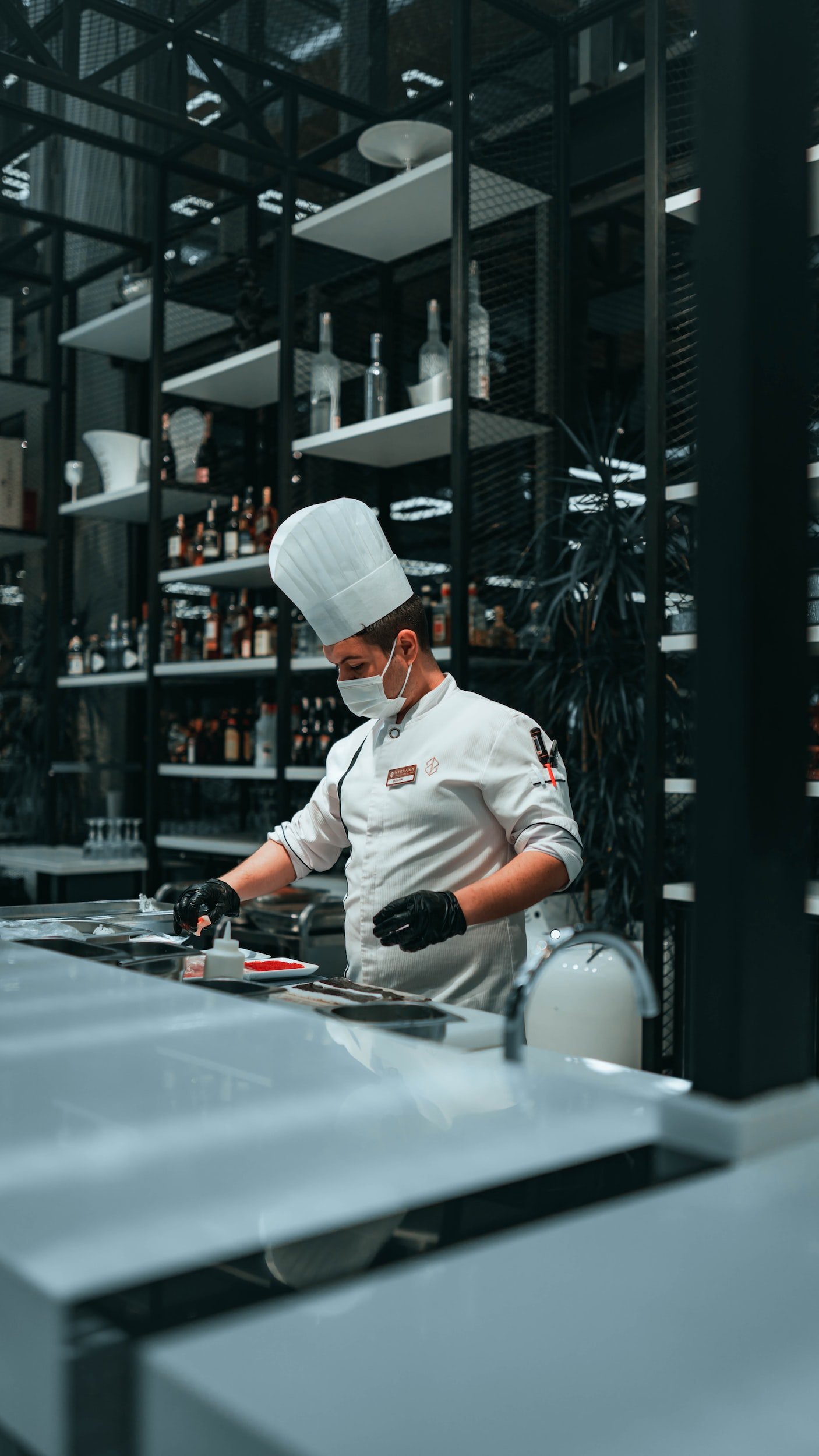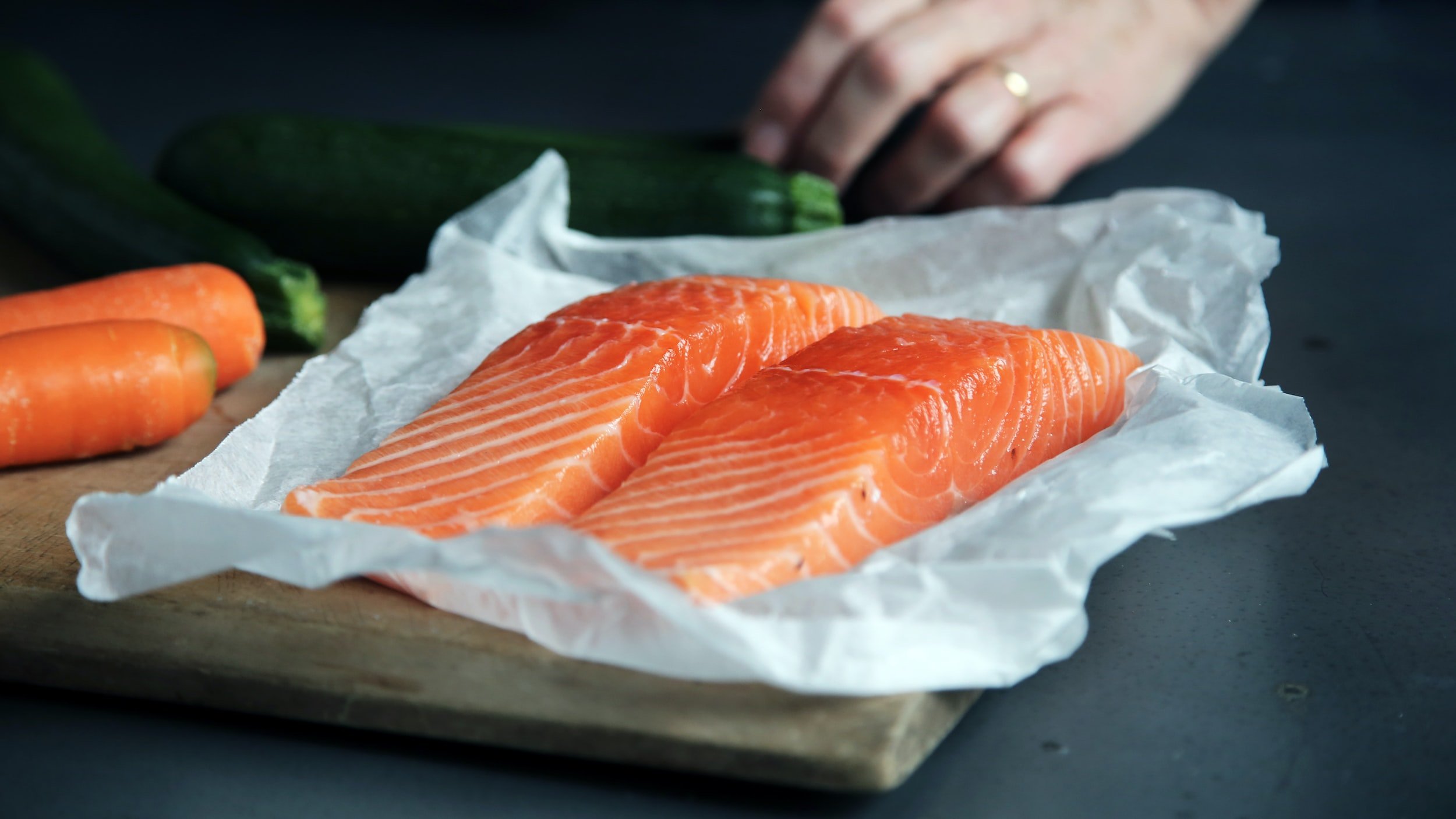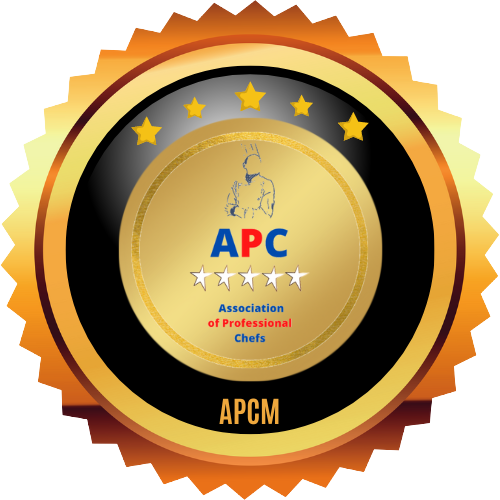Food Industry Roles and Responsibilities
‘Food safety’ is the practice of protecting food from anything that could harm a consumer’s health. ‘Food hygiene’ means ensuring that food is free from contamination, wholesome and fit for consumption. A key point is that contamination can occur at any stage of the food production process and, once it has been contaminated, it is unfit for consumption. The three types of contamination are physical, chemical or biological. Physical contamination can include foreign objects in the foodstuff. Chemical contamination can be anything from bleach to contaminated water. Biological contamination focuses on bacteria and viruses that arise from poor hygiene or cooking standards. Methods to avoid this will be analyzed in-depth throughout this section.
-
Food safety and hygiene laws apply to all catering and hospitality business types, whether they are a small cafe on the corner to a Michelin-starred restaurant. The catering and hospitality industry is one of the biggest industries in the world. In the UK alone, it provides employment to 9% of the population. If you are to succeed in this field, it is vital that you take pride in your personal appearance - both personal hygiene and your clothing should be impeccable. If you arrive at your workplace unkempt, your employer will assume that your working practices are the same: unclean and untidy. It also shows that you are aware of food hygiene regulations and that you take your responsibilities seriously. In addition to keeping a clean appearance, another important skill to have is time management and the ability to multitask. This is because jobs in catering are often high-pressure environments to work in. In order to work effectively and productively, you must learn to manage your time well. See this as an opportunity to improve. Personal development means setting goals and never being afraid to ask questions. If you practice this mindset, it can give your employers trust and confidence in the quality of your work.
Part of personal development is learning how a kitchen works. A kitchen where order does not exist is a complete disaster and lack of a defined structure can cause confusion. It could lead to more than one person preparing the same dish and neither being aware of the overlap. The brigade system was introduced in the late 19th century by French chef Georges Auguste Escoffier and can be likened to a military rank system. The typical positions you will find in a modern kitchen are head chef, sous chef, chef de partie, commis chef, pastry chef and kitchen porter. Each of these roles has a specific job to do and, once learned, will help keep a kitchen running smoothly. A good chef can only produce quality dishes if they have the correct equipment. An essential tool that can never be left out of a kitchen is a knife. When choosing a knife, comfort is vital - it must feel comfortable in your hand. Expensive does not necessarily mean better, rather select one that fits your needs. This course will cover the various and critical aspects of working in the food industry. Anyone with an interest in catering or the food industry will gain a lot, from a member of waiting staff just starting out to a chef who would like to reinforce their learning. This course will also be useful to home cooks as it teaches you the reasoning behind correct food-handling methods. Stay-at-home parents, students, child minders and carers can also benefit from learning these kitchen basics.
Developing Skills
Working in 'catering and hospitality' could mean being anything from a school dinner supervisor to a pub owner to a Michelin star chef and pretty much everything in between.
By the end of this section, you will be able to:
Define the catering and hospitality industry.
Estimate your time more efficiently and improve multi-tasking.
Recognize that personal appearances matter.
The Catering and Hospitality Industry
By the end of this section, you will be able to:
List goals to help you plan your career development.
Describe how you can show a potential employer that you are truly interested in a catering job.
Developing Skills

-
Catering covers anything that involves the supply and service of food and drink to the public or private sector. It also serves hospitals, schools, factories and prisons. The services it provides could be used by airlines, cruise ships, or the armed forces.
Maintaining excellent personal hygiene shows that you are aware of food hygiene regulations and that you take your responsibility seriously. Dress smartly, and look clean and well presented, but above all else, be yourself. That interest and enthusiasm will come across during an interview, so don’t try to hide it.
In order to work effectively and productively, you must learn to manage your time well. A simple way to manage your time is to write a prep list. Make a list of all the jobs you need to complete.
Be careful to follow recipes and methods correctly mistakes can ruin a dish. When a dish is ruined, it cannot be used. This means that the cost of the ingredients cannot be recovered, losing profit. Quantity control is also important in avoiding unnecessary wastage. Over-production could lead to any leftover food becoming. Carefully gauge how much food you need to prepare for any given task.
A good cook is constantly learning in order to develop his or her own skills. Always be willing to share knowledge and be ready to take advice yourself Personal development means improving your knowledge and skills, but keep in mind to take your time to learn things properly and thoroughly; skills take time to develop.
Basic Knife Skills and Techniques
Expensive does not necessarily mean better. The most important factor when choosing a knife is comfort - the knife must feel comfortable in your hand.

Classify the different types of knives.
State the specific use of various knives.
Describe the two main methods of sharpening.
Define the correct way of cleaning and storing a knife.
Explain the six basic knife skills and techniques used throughout a kitchen.

-
The most important factor when choosing a knife is comfort. The simple truth is, you will work better using a £10 knife that fits your hand well than using a £100 knife that doesn’t. Knives can be an expensive purchase, so knowing how to look after them properly is essential.
Knives come in all shapes and sizes, each for a different specific purpose. They are also made from a variety of materials, the most common is stainless steel. The materials used will vary according to the price & use.
The type of material used to make a knife will determine how often it needs to be sharpened. Carbon or high-carbon stainless steel knives will generally require less frequent sharpening than lower carbon steel.
Sharp knives should never be placed in a sink, it can cause serious injury. Clean a knife with hot soapy water after use, then dried & sanitized. It is recommended that you do not place them in a dishwasher, this ensures the thorough cleaning and maintenance of the blades.
Knives should always be kept safely and securely stored when not in use. Many kitchens use magnetic knife racks, knife rolls, or boxes to secure their knives. They should not be kept loose in drawers as this presents a health and safety hazard when trying to remove one.
There are countless skills and techniques that can be learned and performed using a knife. Many are specialist skills that will be required when undertaking very particular tasks, such as fishmongery, butchery or pastry work. There are, however, a few basic techniques that are used throughout the kitchen.
Food Safety in Catering
Failure to follow food safety and hygiene procedures can result in the very real risk of harm to the consumer, and can potentially damage a business’ reputation. It can also lead to a criminal conviction. Remember: Good food safety and hygiene practices are required by law.
By the end of this section, you will be able to:
Differentiate between food hygiene and food safety.
Define the word ‘contamination’ in relation to food.
Explain what ‘spoilage’ means.
List the reasons for contamination and spoilage in food.
Expand upon the four critical steps of production.
Categorise food-borne illnesses.
Determine an allergen and compare it to food intolerance.
Food Safety in Catering

In order to ensure that everyone acts with the same due care and attention when work- ing with food, legal controls have been put in place which dictates how certain foods are reared, transported, processed, stored and served. It is what we commonly refer to as Food Law.
By the end of this section, you will be able to:
Recognise different food laws and regulations.
Food Law

-
Food Safety is the practice of protecting food from anything that could harm a consumer’s health. Food Hygiene means ensuring that food is free from contamination, is wholesome, and is fit for consumption.
Food contaminationis the presence of microorganisms or other foreign matter in food. It can occur at any stage of the food production process. Contaminated food can sometimes look, smell, feel and taste just like it should - which is why it is so important to exercise good food safety and hygiene measures.
The main food-borne illnesses can be split into 3 categories: microorganisms, chemicals, natural poisons. Food-borne illness may occur when food has been contaminated and can result in food poisoning or a food-borne disease.
HACCP and Cross Contamination
Before a food handling business or facility becomes operational, a specialist - or team of specialists – will be required to put a HACCP system in place.

HACCP stands for Hazard Analysis Critical and Control Points. It is an industry standard preventative system designed to give a high level of food safety assurance. As such, the law requires all food handling premises to implement a food safety management system based on the principles of HACCP.
Cross Contamination
Cross contamination is a word you will hear a lot in food handling businesses. Simply put, it is the transfer of microorganisms between food, equipment or surfaces. It can happen when contaminated food comes into contact with uncontaminated food - both foods are then contaminated. But it doesn’t only happen food-to-food.

By the end of this section, you will be able to:
Recite the 12 hand-washing steps.
Identify different hazards within a food production area.
Distinguish between the four different types of contamination.
Explain how to avoid cross-contamination as an employee.
Food Safety Hazard And Contamination

-
The HACCP system is implemented using 7 principles:
Principle 1 - Initial Analysis,
Principle 2 - Define CCPs,
Principle 3 - Set Limits,
Principle 4 - Monitor,
Principle 5 - Remedial Action,
Principle 6 - Verification,
Principle 7 - Record Keeping.
-
There are two main ways of controlling and destroying bacteria - heat and chemicals.
Good hygiene working practices and common sense are key to avoiding cross-contamination. Working safely & hygienically isn’t difficult, but it takes diligence.
Be aware of what you’re handling, where you’re going, where you’ve been, &ways those activities could introduce a contaminant into the workspace.
Healthier Foods and Special Diets
Dietary needs change from person to person and can vary according to health issues, lifestyle, activeness, and myriad other factors.

By the end of this section, you will be able to:
Define different ways of preparing healthier food.
State the importance of fats.
Identify the two forms of carbohydrates.
Outline the meaning of having a balanced diet.
Indicate how protein helps keep our bodies functioning correctly.
Distinguish between special diets.

-
Healthier eating is increasingly a priority for many people. A balanced diet means eating a well-structured mix of each food group throughout the day.
Foods are often separated into three general categories: Fats, carbohydrates, and proteins. These are sometimes referred to as macronutrients. The amount of fat, proteins and carbohydrates a person should eat will again depend on their lifestyle, their age, their health, and so on.
Fats are a necessary part of a healthy diet. It is recommended that fats make up 15 - 25% of our daily calorie intake.It is recommended that the majority should come from unsaturated fats.
Carbohydrates come in two forms: starches and sugars. They are an excellent source of energy. It is recommended that we obtain 50% of our daily calorie intake from starches and cut down on sugars.
The body uses proteins to promote growth and repair tissue - all cells in the human body are made up of around 50% protein. It is recommended that our diet is made up of approx. 30g of protein per day.
Special dietary requirements are increasingly common. This could be due to personal health issues, intolerances, religious choices or lifestyle choices. Whatever the reason, you must be prepared to cater to these requirements. Failure to meet special dietary requirements could result in injury or even death.
There are a number of ways to prepare food in a healthier manner for example the cooking method, reduce fats, reduce salt, reduce sugar, increase vegetable quantities and source alternative ingredients.
Catering Operations, Costs and Menu Planning
This unit will introduce the various systems used by modern catering businesses to populate and organise the kitchen, compose menus and calculate food costs.
Each sub-section will supply you with the knowledge, techniques and skills needed to work in an efficient and effective catering operation.

By the end of this section, you will be able to:
Calculate the gross profit percentage.
Identify how VAT works.
Estimate the costs of ingredients.
Describe the Kitchen Brigade system.
Explain how to develop a menu.
Recognize the best course of action when buying from suppliers.
Costs and Menu Planning

-
The system that Escoffier devised might be likened to a military rank system. The Head Chef takes the overall lead for all production. The most common positions you will find in a modern kitchen are Head Chef,
Sous Chef, Chef de Partie, Commis Chef, Pastry Chef and Kitchen Portere.
Learning how to cost your menu is an essential skill for all chefs. Market prices, supplier relationships, current trends, staffing costs, taxes and all manner of other factors affect the profit margins of every single dish.
The Gross Profit (or GP) is the difference between the selling price of the dish and the cost of the ingredients.
The Gross Profit Percentage (GP%) is the gross profit shown as a percentage of the selling price. This is the most commonly used measure of profitability in a kitchen.
VAT is a standard rate of tax paid on all applicable products and services in the UK. The rate is set by the Government and currently stands at 20%.
Negotiating a good price for a product is key to running a profitable business. The aim is to find a workable combination of good quality at a good price. Change the menu to coincide with the seasons to minimize costs.
Plan your menu effectively by remembering 3 key points: know your market, know your competition, know your locality.









